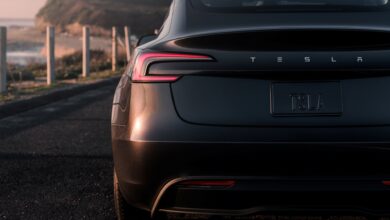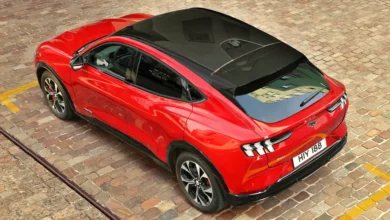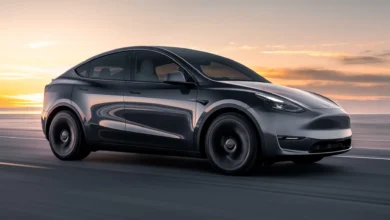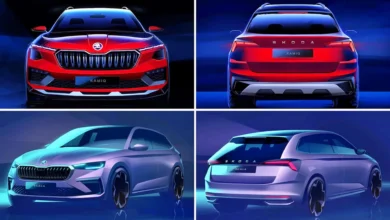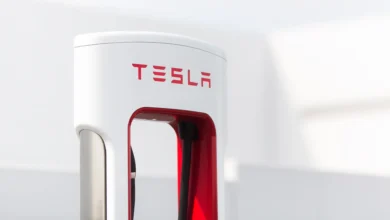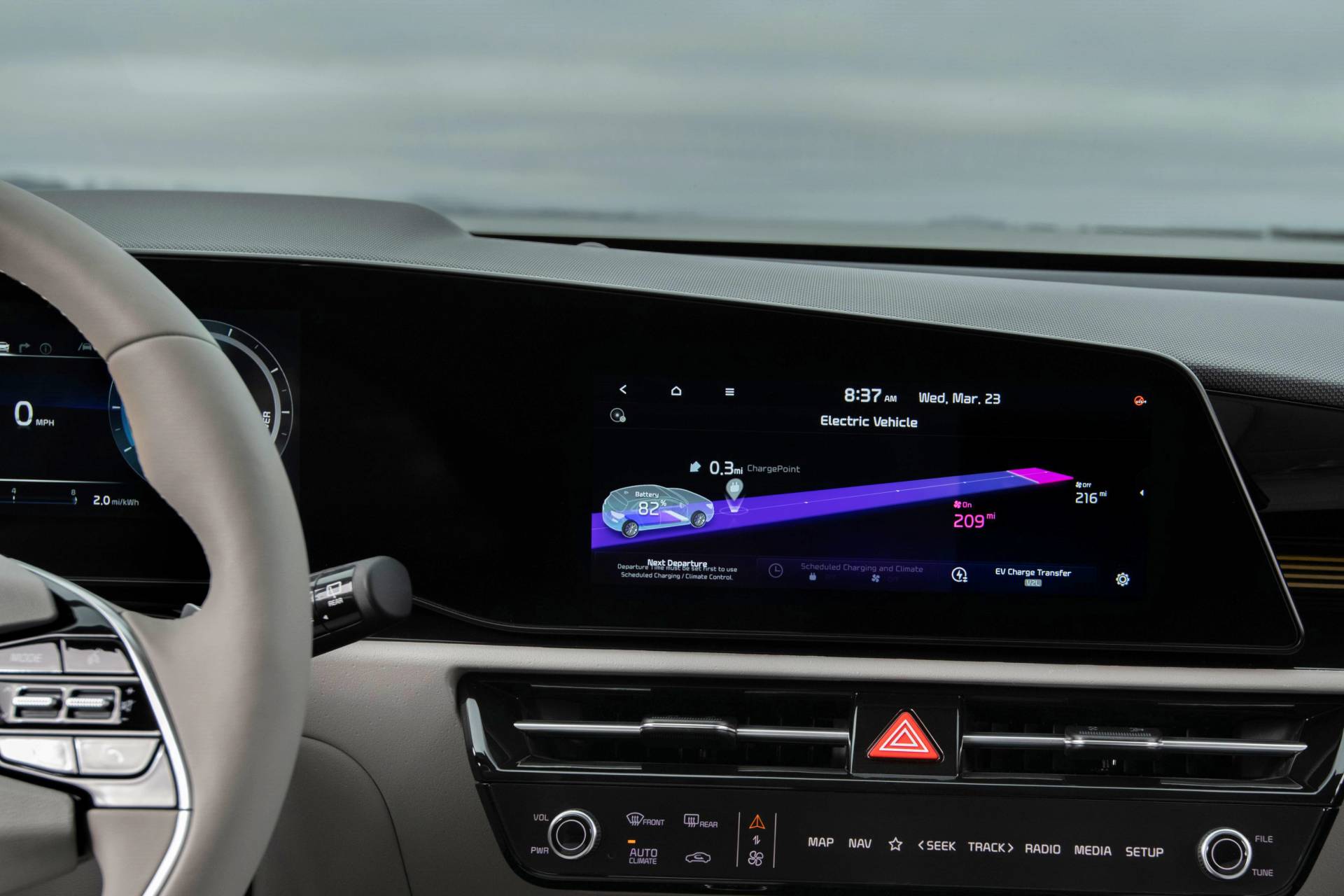
This reader would like to know why WLTP ratings usually give higher ranges than EPA ratings.
“Why is the WLTP range announced by manufacturers always higher than that of the EPA? Is it reliable as a measure? – Natalie
Answer
Hello Natalie,
Indeed, when car manufacturers, especially European and Asian, announce the autonomy of an electric vehicle, they usually go with the WLTP analysis measurements.
Then, when the vehicle is marketed here, we are told more about the autonomy of the EPA, which usually displays a much lower figure. Here are some explanations to better understand.
The WLTP Cycle
The WLTP (Worldwide Harmonized Light Vehicles Test Procedure) analysis cycle is a European standard approved by China, Japan, and the United States. It assesses the fuel consumption and CO2 emissions of thermal vehicles as well as the energy consumption and range of electric vehicles.
Revised in 2015 in response to the Volkswagen diesel engine scandal and to better reflect real-world use, WLTP ratings are based on a variety of driving scenarios, i.e. the vehicle is tested in a simulation of urban or highway contexts with the air conditioner and accessories on.
The WLTP performs its analyzes in four cycles: low speed, medium speed, high speed, and very high speed, without ever exceeding 135 kilometers per hour. Each cycle lasts about 30 minutes and covers a distance of 23.35 kilometers. Everything is done in a laboratory at a so-called optimum temperature of 23 degrees Celsius.
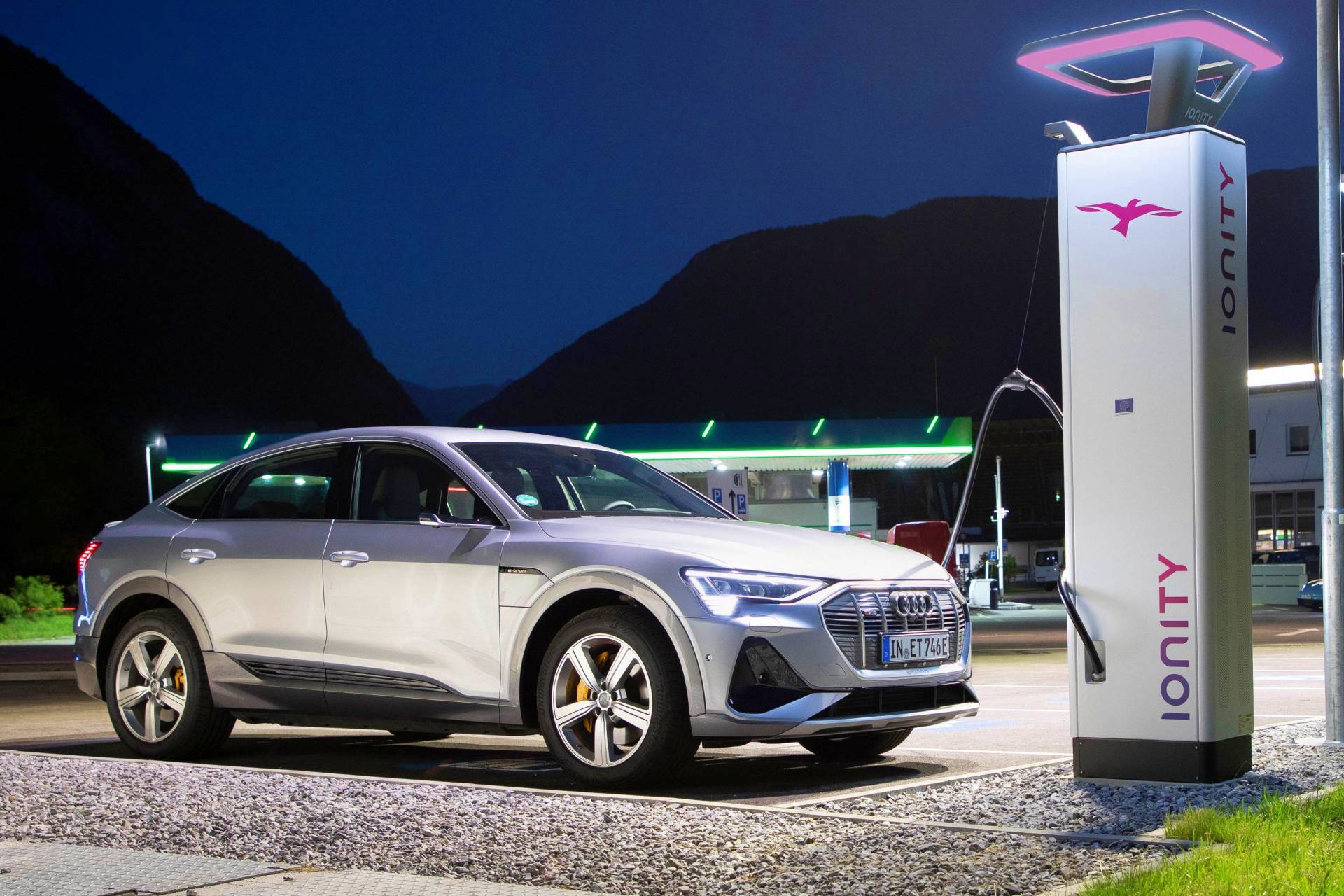
However, one of the shortcomings of WLTP analysis methods is the ambient temperature at which they are performed. Since an electric vehicle’s battery is very sensitive to temperature, its performance can vary dramatically depending on its environment. This partly explains why the WLTP data is so generous.
EPA Ratings
The EPA (for Environmental Protection Agency) takes a much more rigorous approach. To date, its results are the closest to true autonomy in North America. That’s why it’s always best to rely on it when shopping for an electric model.
To achieve its goals, the EPA begins by performing complete recharging of the vehicle. She then leaves it parked and unplugged for an entire night. The next day, she places the vehicle on a dynamometer located inside a controlled environment. The assessed vehicle therefore never travels on the road.
It is inside this laboratory at room temperature that the EPA subjects the vehicle to various simulated scenarios, either urban or on the highway, with or without the accessories activated, and this, until the battery is depleted. fully discharged to the point where the vehicle can no longer move forward. The EPA then multiplies the observed range by 0.7 to approximate actual use. It is this rigor and precision of the analysis that creates a range of figures that are less generous than those of the WLTP.
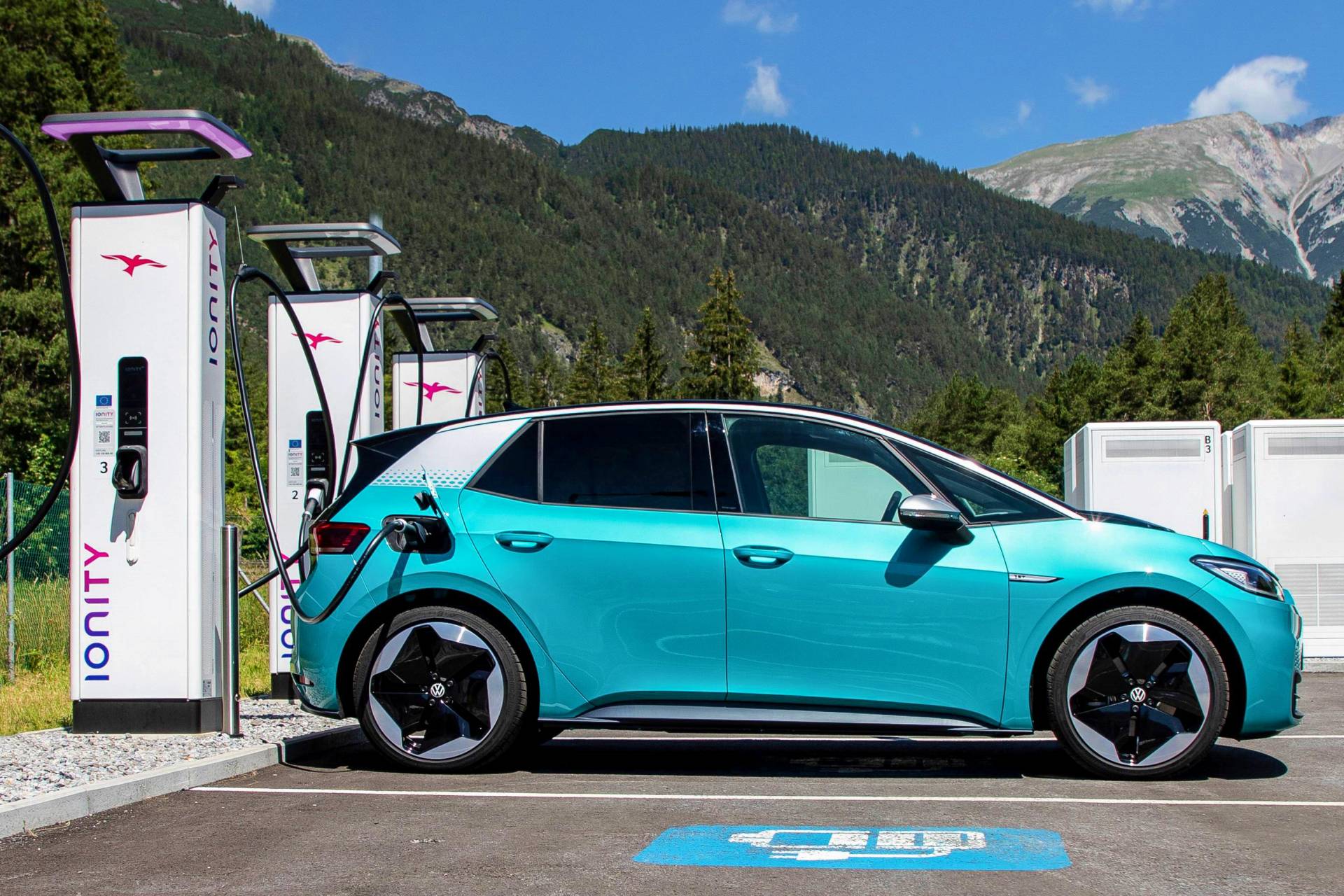
It’s important to note, however, that you could record a higher or lower range than the EPA. Like fuel consumption, the range of an electric vehicle varies depending on a variety of factors such as outside temperature, battery condition, number of passengers on board, payload, towing, accessories, and the way the vehicle is driven.
